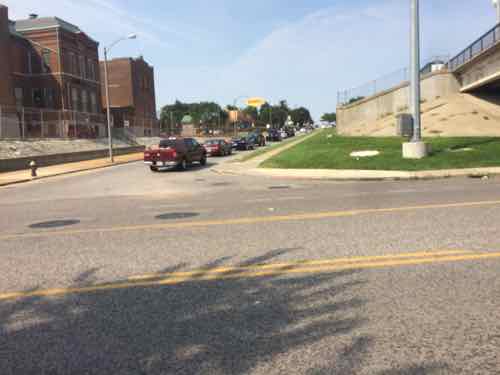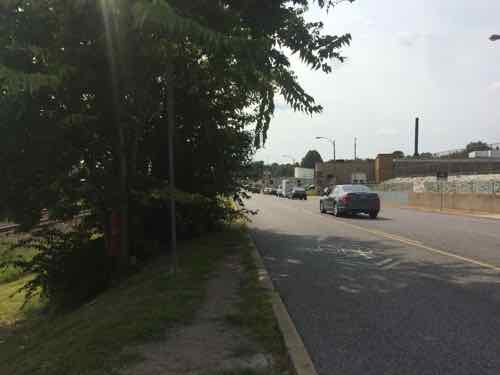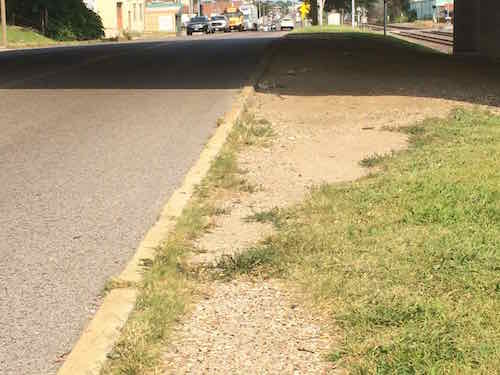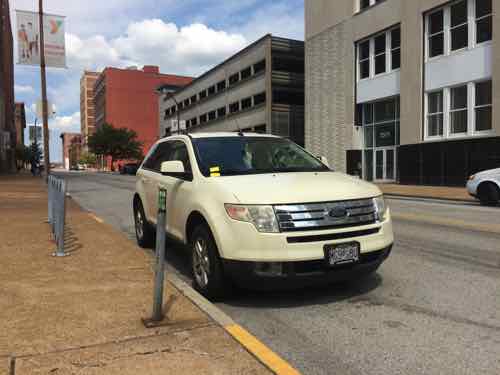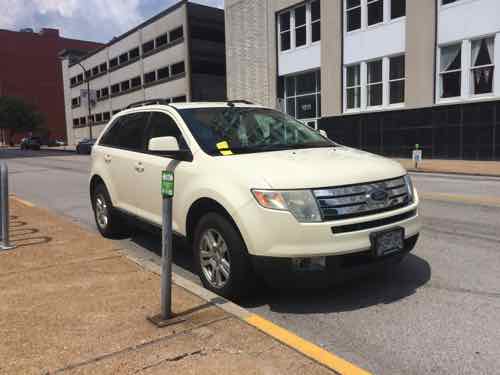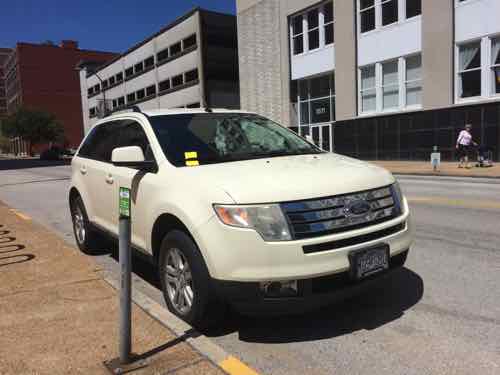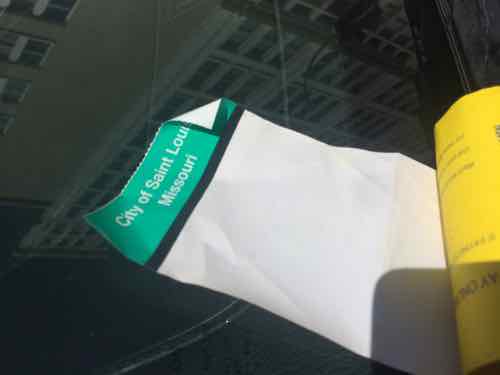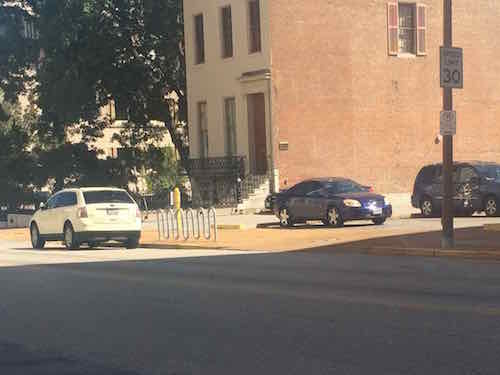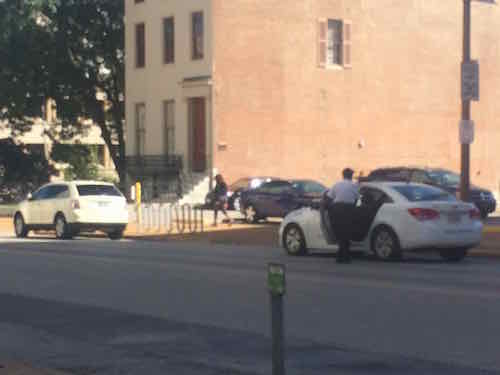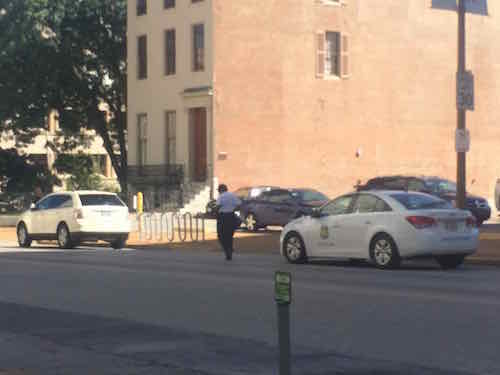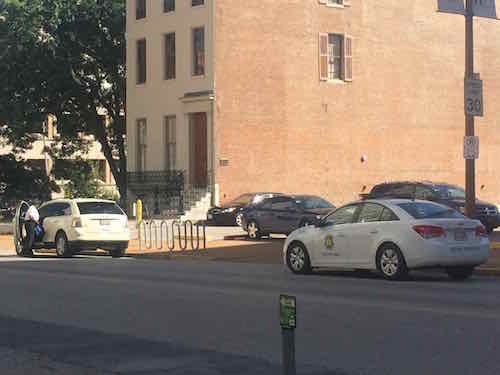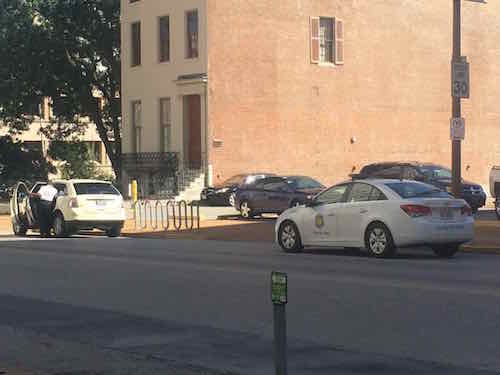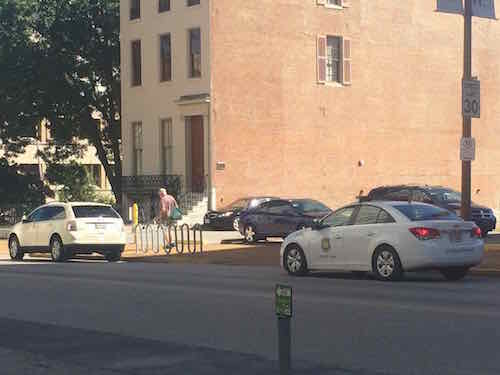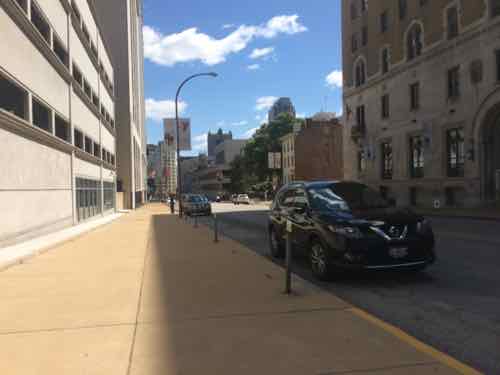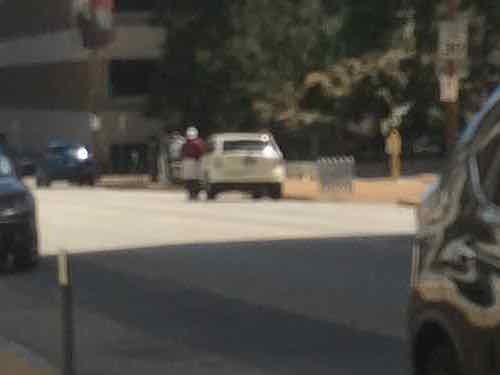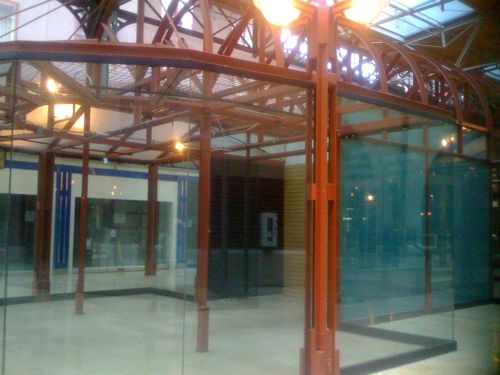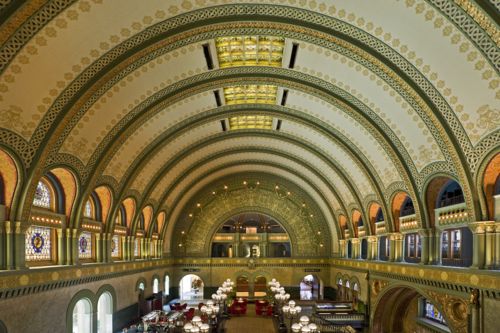Readers: We’ll Definitely Be Affected By Climate Change Within The Next 20 Years
|
|
Over half of those who voted in the most recent Sunday Poll got it correct — we’ll definitely be affected by Climate Change. How can I be so sure? It was a trick question — we’re already being effected by it! First, the poll results:
Q: Think you will be personally affected by Climate Change within the next 20 years?
- Definitely 20 [58.82%]
- Possibly 6 [17.65%]
- Doubtful 5 [14.71%]
- Certainly not 2 [5.88%]
- Maybe, maybe not 1 [2.94%]
- Unsure/No Answer 0 [0%]
Far too many people see headlines taking about what will happen by the end of the century and think they won’t be effected — few of us will be alive in the year 2100 — I certainly won’t be. But that view ignores the fact the changes have already begun and will continue unless the world takes big steps to slow it. Different regions will be effected differently, but the global food supply is the great equalizer.
September 2014:
The atmospheric conditions associated with the unprecedented drought currently afflicting California are “very likely” linked to human-caused climate change, Stanford scientists write in a new research paper. (Stanford: Causes of California drought linked to climate change, Stanford scientists say)
California is a big supplier of foods to the rest of the country — so we’ll feel changes in St. Louis: either in our wallet or lack of availability. From August 18th:
The UC Davis team used computer models and the latest estimates of surface water availability from state and federal water projects and local water districts. They forecast several drought-related impacts in the state’s major agricultural regions for the current growing season, including:
- The direct costs of drought to agriculture will be $1.84 billion for 2015. The total impact to all economic sectors is an estimated $2.74 billion, compared with $2.2 billion in 2014. The state’s farmers and ranchers currently receive more than $46 billion annually in gross revenues, a small fraction of California’s $1.9 trillion-a-year economy.
- The loss of about 10,100 seasonal jobs directly related to farm production, compared with the researchers’ 2014 drought estimate of 7,500 jobs. When considering the spillover effects of the farm losses on all other economic sectors, the employment impact of the 2015 drought more than doubles to 21,000 lost jobs.
- Surface water shortages will reach nearly 8.7 million acre-feet, which will be offset mostly by increased groundwater pumping of 6 million acre-feet.
- Net water shortages of 2.7 million acre-feet will cause roughly 542,000 acres to be idled — 114,000 more acres than the researchers’ 2014 drought estimate. Most idled land is in the Tulare Basin.
- The effects of continued drought through 2017 (assuming continued 2014 water supplies) will likely be 6 percent worse than in 2015, with the net water shortage increasing to 2.9 million acre-feet a year. Gradual decline in groundwater pumping capacity and water elevations will add to the incremental costs of a prolonged drought. (UC Davis: Drought costs California agriculture $1.84B and 10,100 jobs in 2015)
But foods are grown many places:
Warmer temperatures may make many crops grow more quickly, but warmer temperatures could also reduce yields. Crops tend to grow faster in warmer conditions. However, for some crops (such as grains), faster growth reduces the amount of time that seeds have to grow and mature. [1] This can reduce yields (i.e., the amount of crop produced from a given amount of land).
For any particular crop, the effect of increased temperature will depend on the crop’s optimal temperature for growth and reproduction. [1] In some areas, warming may benefit the types of crops that are typically planted there. However, if warming exceeds a crop’s optimum temperature, yields can decline. (EPA: Agriculture and Food Supply)
It’s foolish to think we won’t be affected in the next two decades.
Here the Midwest:
The Midwest is home to roughly 66 million Americans and includes the cities of Chicago, Indianapolis, Detroit, Milwaukee, Kansas City, Cleveland, Minneapolis, and St. Paul, among others. Most of the region consists of flat prairie that is farmed for corn, soybean, and wheat, or is used for grazing livestock. Summers in the Midwest are hot and humid, and winters are cold, since the region is far from the temperature-moderating effect of the oceans. [1]
In the Midwest, average annual temperatures increased over the last several decades. Heat waves are becoming more frequent and cold periods are becoming rarer. Snow and ice are arriving later in the fall and starting to melt earlier in the spring. Heavy downpours now occur twice as frequently as they did a century ago.[1] These trends are likely to continue under future climate change: average summer temperatures are projected to increase by 3°F over the next few decades and could increase by over 10°F by the end of this century. This range would make summers in Illinois and Michigan feel like those in present-day Texas and Oklahoma, respectively. [1] http://www.epa.gov/climatechange/impacts-adaptation/midwest.html
In St. Louis our air quality will deteriorate further.
— Steve Patterson
